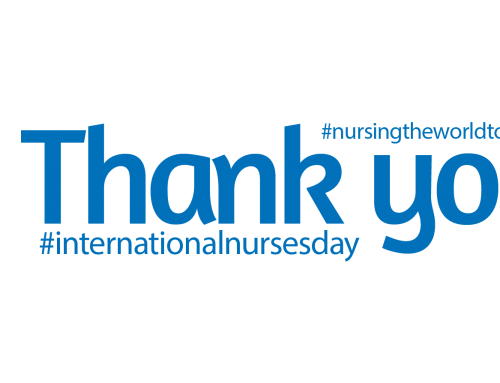It’s international nurses day this Saturday, 12th May. A day to celebrate and honour the incredible work of nurses across the globe. Giving acknowledgement to a rich history of hard work and dedication towards providing patients with the best possible care. It’s work that spreads beyond the hospital, and into the legislative system as we know it today.
Did you know that nurses make up the greatest number of healthcare professionals in Australia? They’re also responsible for providing the largest portion of face-to-face care that a patient will receive while being treated. Nurses are critical to the functioning of our healthcare facilities and with Australia’s ageing population, the demand for their care is likely to increase.
The demand for nurses saw the beginning of major legislative changes in Australia. In the years leading up to 2000, there was a crisis in nursing in Victoria. The state’s full-time nursing workforce had decreased by almost half, as thousands walked away from their chosen profession. Hospital beds were closed and staff were forced to work gruelling overtime, which resulted in sub-optimal care for patients.
At the time, the Australian Nurse and Midwifery Federation (Vic Branch) and its members worked tirelessly to attract nurses back to their chosen profession by campaigning for the nurse-to-patient ratios, which they believed would revitalise the Victorian public hospital system. Over the course of a decade, the ANMFVIC continued the fight to keep nurse-to-patient ratios with the consecutive state governments who were trying to remove them. The final enterprise agreement to mandate nurse-to-patient ratio was the 2012 – 2016 Public Sector Enterprise Bargaining Agreement, which formed the foundation of the Safe Patient Care (Nurse to Patient and Midwife to Patient Ratios) Bill.
When ratios were first introduced, the recruitment campaign led to an additional 2,650 nurses and midwives working across the Victorian public hospital system – an increase of 12%. These numbers have continued to rise, with controlled workloads motivating the nursing workforce and helping them to deliver a more safe, reliable community of care. Nurse-to-patient ratios have since been adopted by all states in Australia.
In the years to come, Australia’s ageing population will continue to increase the demand for nursing. Management of this ever-growing workforce will draw on more and more resources of the healthcare industry, and undoubtedly, nurses will continue to be at the forefront of developing regulations.






Leave A Comment